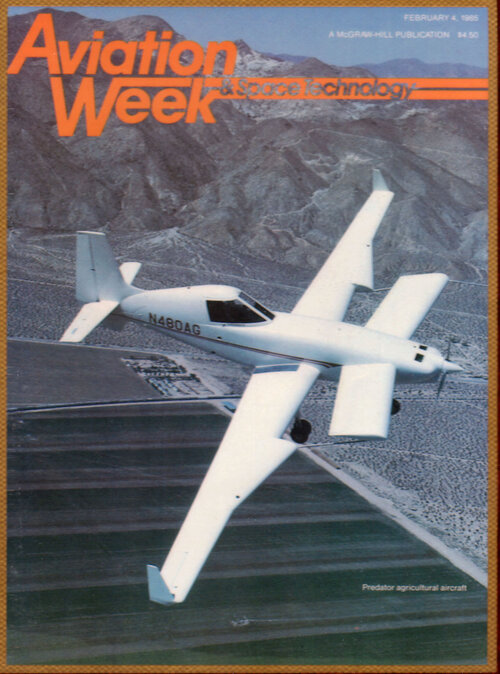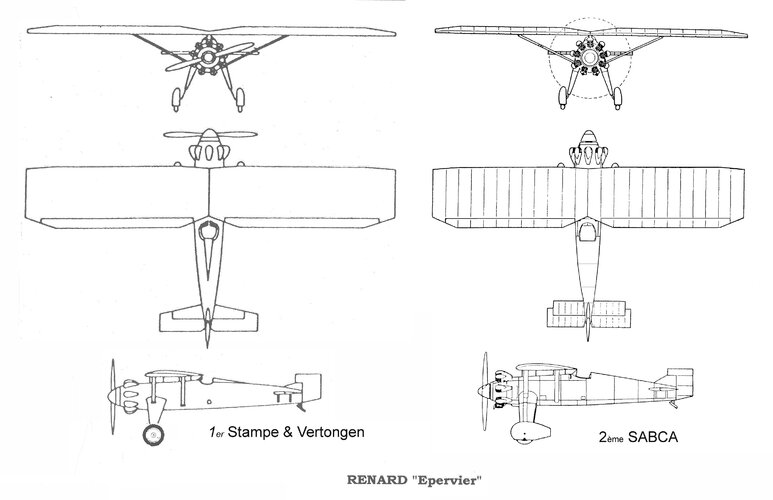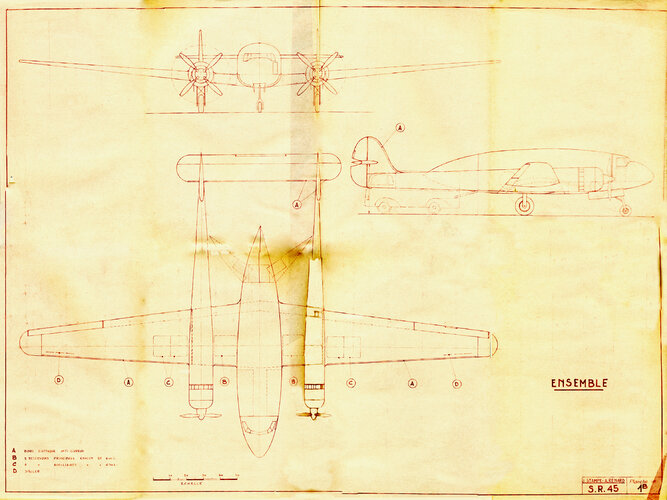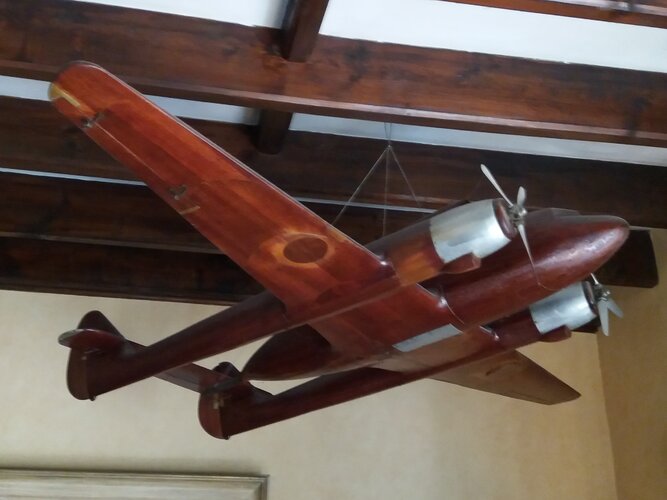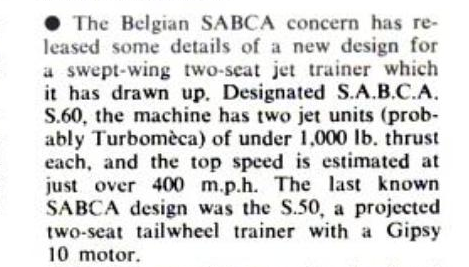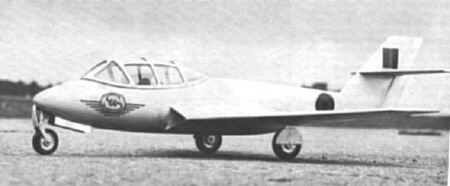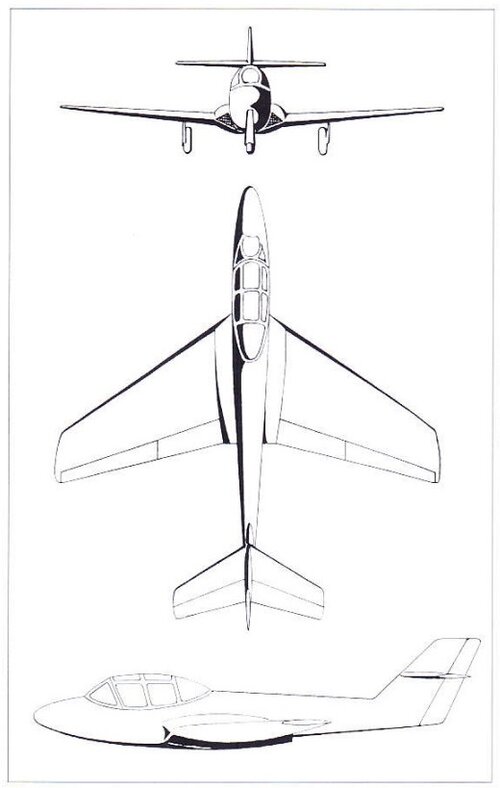SABCA Aircraft Without 'S' Designations
These are designs which don't seem to have SABCA 'S' designations. Some of these types were built by SABCA on behalf of other manufacturers. Most were designs by SABCA staff (but not SABCA projects ... although a few seem to get 'absorbed' by SABCA). Many have 'outside' designations. Of those, the designation acronyms can be explained as ...
- AC : As in AC 1, after designer Albert Cambier
-- Cambier was exploration service director for SNETA/SABENA
- CG : As in CG 2, after designers Cambier-Guldentops
- DP : Or D.P., from the design team of Demonty and Poncelet
-- Ing. Mathieu Demonty was SABCA's Technical Director
-- Paul Poncelet was the head of SABCA's wood-working shop
- SJ : As in SJ-1/SJ-1A, for SABCA-Jullien joint project
- SHBP: For design/build team Simonet, Haus, Bulte, & Poncelet*
-- * 'Pelletier' in 1970 SABCA brochure according to Guy Roberty
-- Source:
Les Vieilles Tiges de Belgique, 15 Nov 1999, unpaginated
-- '
L'Oiseau Rare du No 42: L'Avi ette EMA / FABRY / SHBP'
-- Lt. Victor Simonet killed in
Castar crash, Vauville 1925
NB: In this section, I have omitted those aircraft designs license-built by SABCA but which have no (known) 'S' designations.
____________________________________
Cambier AC 1 - 1924 single-seat
moto-aviette
- Cambier AC 1: Wire-braced* shoulder-wing monoplane
- Cambier AC 1: 1 x 17 hp Sergant 4-cyl, span 10.20 m
-- * Kingpost mounted directly in front of cockpit
-- NB: SABCA not directly involved in the design of AC 1
-- O-BAFI Belgian 2,000 m record (1 hr 10 min) 29 May 1924
-- Engine failed on return to Évère and was crash landed
Cambier CG 2
Camgul - 1925 single-engined biplane trainer*
- CG 2
Camgul: Kingpost wire-braced shoulder-wing monoplane
- CG 2
Camgul: 1 x 60 hp Anzani 6-cyl, span (??) m
-- aka Cambier-Guldentops CG 2, aka SABCA CG 2
-- * Some sources list as 2-seat (shared cockpit?)
-- Desig./name contraction of designers Cambier and Guldentops
--
http://forum.keypublishing.com/atta...d2eebbd0dcc6&attachmentid=217602&d=1371211291
De Glymes
Colanhan- 1925 single-seat glider, 12.3 m span, x 1 (O-BAFR)
- De Glymes
Colanhan: Raoul de Glymes de Hollebecque* design
-- * M de Glymes de Hollebecque was an engineer at SABCA
-- Optional motoglider config., 1 x 70 hp Anzani 6-cylinder radial
--
Colanhan served as wing testbed for SABCA S.3 project
Jullien SJ-1 - 1923 single-seat monoplane motor-glider, x 2*
- SJ-1 : Shoulder-wing design by SABCA's Ing. Henri Jullien
-- aka SABCA-Jullien, hence 'SJ' in designation
- SJ-1 : As built, 1 x 5 hp Douglas HO 2-cyl., span 13.25 m
- SJ-1 : As re-engined, 1 x 16 hp Salmson 3-cyl radial
- SJ-1A: More power, raised u/c, oval-section rear fuselage
- SJ.1A: 1 x 16 hp Sergant A upright 4-cyl, 13.40 m span**
- SJ-1A: As re-engined, 1 x 30 hp ABC Scorpion HO 2-cyl.
-- * SABCA-built - O-BAFF in July 1923; O-BAFJ in May 1924
-- ** Representing a 21 m2 increase in wing area
-- Jullien was the Chief Engineer of SABCA's study bureau
--
http://www.flightglobal.com/pdfarchive/view/1923/1923 - 0737.html
--
http://www.fnar.be/avionsjpdecocq/Sabca–JullienSJ1pwd.pdf
--
https://www.j2mcl-planeurs.net/dbj2mcl/planeurs-machines/planeur-fiche_0int.php?code=2054
LACAB GR-8 - 1936 prototype of 2-engined biplane recce-bomber
- GR-8: Designed by SABCA engineers Servais and Wulfson
-- Some sources say that GR-8 prototype was built by SABCA
-- Designation is for: 8th design,
Grande Reconnaissance
Mulot
Labor - 1925 single-seat parasol light a/c, x 1
-
Labor: M Mulot design, SABCA-built, O-BAFS/OO-AFS
-
Labor: 1 x 18 hp/16 cv Vaslin HO 4-cyl*
-- * 24 hp? -
http://home.comcast.net/~aeroengine/Vaslin.html
-- Vauville Meeting 1925, pilot Chouillou, aka
Moto Aviette Mulot
--
http://claudel.dopp.free.fr/Les_planeurs/Histoire/Vauville-1925/images/n33_Mulot_Labor.jpg
--
http://www.flightglobal.com/pdfarchive/view/1925/1925 - 0454.html
-- (??) Connected to the Évère workshops of André Mulot (??)
-- (??) Anyone have Mulet article in Trait d'Union No.235 (??)
--
https://www.secretprojects.co.uk/threads/early-belgian-projects.23892/#post-241814
Poncelet
Castar - 1921 single-seat, shoulder-winged motor-glider
-
Castar: 1 x 18 hp Sergant 4-cyl., 11.00 m span
-- Designed by Paul Poncelet, head of SABCA woodshop, x 1
-- 'Castar' is a Belgian euphemism for 'beefy'
Poncelet
Vivette - 1925 single-seat motor-glider*
-
Vivette: Shoulder-winged monoplane design
-- * Convertible into an unpowered 2-seat glider
-
Vivette: 1 x 750 cc Sergant 4-cyl., 11.12 m span**
-- One prototype
Vivette built (O-BAFH, restored 1995)
-- ** Some sources claim a 13 metre wing span
--
http://tagazous.free.fr/affichage2.php?img=13769
--
http://claudel.dopp.free.fr/Les_planeurs/Descriptions_planeurs/Poncelet_Vivette/Poncelet-Vivette.htm
Renard
Épervier* - 1927 single-seat fighter, x 1
-
Épervier: Parasol monoplane of all-metal const.
-
Épervier: 1 x 480 hp
Jupiter,** span 10.20 m
-- *
Épervier Type 2
bis, repl. 2nd prototype
-- ** Orig. designed for 700 hp Hispano-Suiza 12N engine
-- ** Some sources say SABCA, some Gnome-Rhône
Jupiter
-- Alfred Renard design, reg. OO-AKN before sale to MV/AM
SABCA DP - 1924 high-winged 2-seat light cabin monoplane, x 2*
- DP: From 'Demonty Poncelet', aka SABCA-DP
limousine
- DP: 1 x 40 hp Grégoire inverted 4-cyl., [1] span 12.00 m
- DP: (1925 re-engining) 1 x 50 hp Anzani 6-cyl. radial [2]
-- Calculations by Mathieu Demonty, built by Paul Poncelet
-- Orig. Demonty-Poncelet
Cyrano, renamed SABCA DP in 1925
-- * O-BAFL/OO-AFL '
Cyrano', O-BAFV, 1 x 40 hp Anzani [1]
-- ** Flight lists engine as 40 hp Grégoire inverted 4-cyl
--
http://www.flightglobal.com/pdfarchive/view/1924/1924 - 0474.htm
-- 3v:
https://www.flightglobal.com/pdfarchive/view/1924/1924 - 0475.html
--
https://1000aircraftphotos.com/Contributions/Hancock/4182.htm
--
http://www.fnar.be/avionsjpdecocq/Sabca_DPpwd.pdf
SABCA
Junior - 1930 single-seat '
planeur-poutre'*
-
Junior: Henri Jullien design, A & B ticket trainer
-
Junior: Inspired by German
Zögling, x 4
-- * 'Frame glider', horiz. tail diff. from
Zögling
--
https://www.j2mcl-planeurs.net/dbj2mcl/planeurs-machines/planeur-fiche_0int.php?code=2040
Simonet SHBP - 1925 parasol light a/c, 1 x 40 hp Anzani radial
- SHBP: O-BAFQ, June 1925; OO-AKF 1930 (c/n 1); O-BAJO (former O-BAFQ)
-- aka SABCA Simonet SHBP, aka '
Aviette Sabca'
--
http://www.flightglobal.com/pdfarchive/view/1925/1925 - 0522.html
__________________________________________
[1] The DP's Grégoire was of 1913 vintage. I mention the date because Moteurs d'Aviation Grégoire-Gyp was gone by 1924 (with its Poissy plant having been sold in 1923). Some sources list the Grégoire's output as 43 hp.
[2] Charles Mali lists O-BAFL with a 50 cv Anzani, O-BAFV with a 70 cv Anzani.

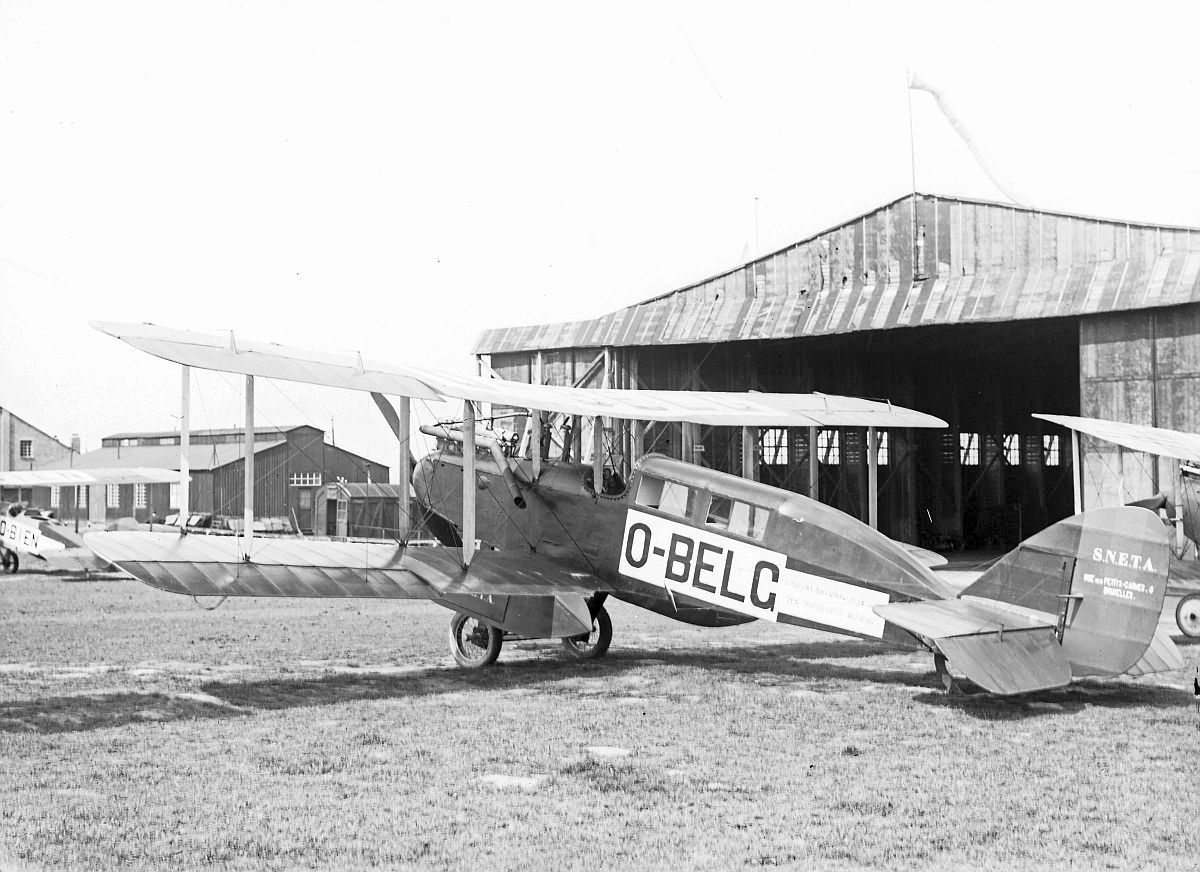
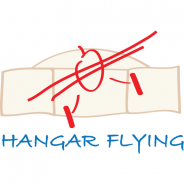

![Les_Ailes___journal_hebdomadaire_[...]_bpt6k96073593_1.jpeg](/data/attachments/183/183996-02085f829fe5b6928153e60e183ab300.jpg)


